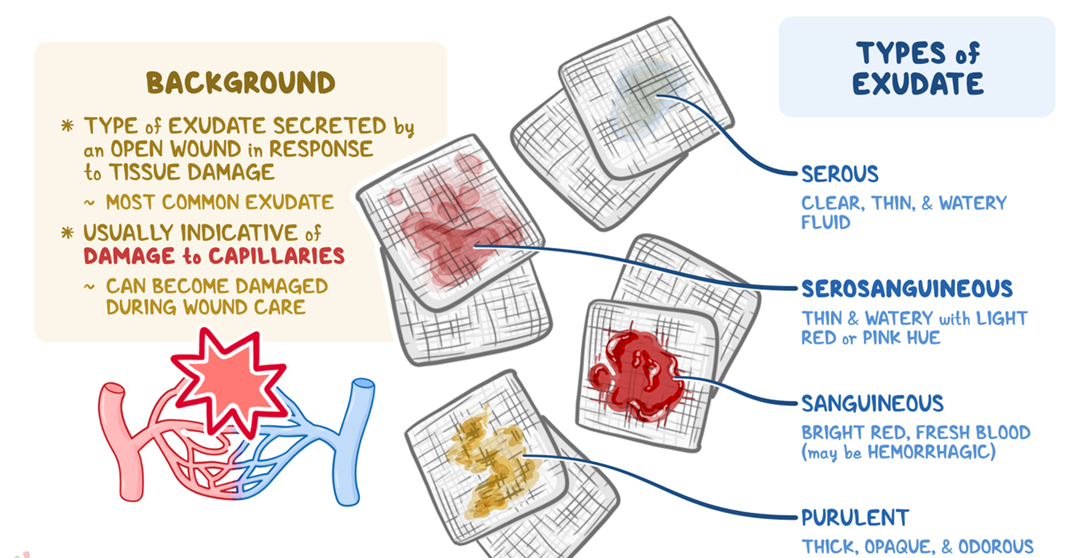A client is recovering from a fractured radius that occurred 8 weeks ago. In which stage of bone healing is the callus resorbed and transformed into bone?
Stage 4
Stage 3
Stage 5
Stage 1
The Correct Answer is A
Choice A reason: Stage 4 is the remodeling stage of bone healing, which occurs from 6 to 12 weeks after the fracture. In this stage, the callus, which is a mass of fibrous tissue and cartilage that forms around the fracture site, is gradually resorbed and replaced by mature bone. The bone becomes stronger and more compact and regains its original shape and function.
Choice B reason: Stage 3 is the callus formation stage of bone healing, which occurs from 2 to 6 weeks after the fracture. In this stage, the granulation tissue, which is a soft tissue that fills the fracture gap, is replaced by a callus that bridges the fracture ends. The callus is composed of fibroblasts, chondroblasts, and osteoblasts that produce collagen, cartilage, and bone matrix. The callus stabilizes the fracture and prepares it for remodeling.
Choice C reason: Stage 5 is not a valid stage of bone healing. There are only four stages of bone healing: stage 1 is the inflammatory stage, stage 2 is the reparative stage, stage 3 is the callus formation stage, and stage 4 is the remodeling stage.
Choice D reason: Stage 1 is the inflammatory stage of bone healing, which occurs from the time of the fracture to 3 to 5 days after the fracture. In this stage, the blood vessels around the fracture site are ruptured and form a hematoma, which is a blood clot that surrounds the fracture ends. The hematoma triggers an inflammatory response that involves the release of cytokines, growth factors, and inflammatory cells that initiate the healing process. The hematoma also provides a scaffold for the granulation tissue to grow.
Nursing Test Bank
Naxlex Comprehensive Predictor Exams
Related Questions
Correct Answer is D
Explanation
Choice A reason: The client having a butterfly rash is not a concerning finding in a client with SLE. A butterfly rash is a malar rash that appears across the cheeks and the bridge of the nose. It is a common sign of SLE and may flare up or fade depending on the disease activity. It does not indicate any serious complication or organ damage.
Choice B reason: A blood pressure of 126/85 mm Hg is not a concerning finding in a client with SLE. This blood pressure is within the normal range and does not indicate hypertension or hypotension. Hypertension is a possible complication of SLE that may affect the kidneys, the heart, or the brain. Hypotension may indicate shock, dehydration, or infection.
Choice C reason: The client reporting chronic fatigue is not a concerning finding in a client with SLE. Chronic fatigue is a common symptom of SLE that affects the quality of life and the ability to perform daily activities. It may be caused by inflammation, pain, anemia, depression, or medication side effects. It does not indicate any acute or lifethreatening condition.
Choice D reason: A urine output of 20 mL/hour is a concerning finding in a client with SLE. This urine output is below the normal range of 30 to 50 mL/hour and indicates oliguria, which is a reduced urine production. Oliguria may indicate acute kidney injury, which is a serious complication of SLE that may lead to renal failure or death. The nurse should monitor the client's urine output, fluid balance, electrolytes, and kidney function and report any abnormal findings to the provider.
Correct Answer is C
Explanation
Choice A reason: Purulent exudate is a thick, yellowgreen, or brown pus that indicates infection. It is not bloodtinged and does not drip from the wound.
Choice B reason: Serous exudate is a clear, thin, and watery fluid that is normal in the inflammatory stage of wound healing. It does not contain blood cells and is not red in color.
Choice C reason: Serosanguineous exudate is a pink or red fluid that contains both serum and blood. It is common in the proliferative stage of wound healing and may drip from the wound due to increased capillary permeability.
Choice D reason: Sanguineous exudate is a bright or dark red fluid that consists mostly of blood. It indicates active bleeding and is usually seen in traumatic or surgical wounds. It is not diluted with serum and is more viscous than serosanguineous exudate.

Whether you are a student looking to ace your exams or a practicing nurse seeking to enhance your expertise , our nursing education contents will empower you with the confidence and competence to make a difference in the lives of patients and become a respected leader in the healthcare field.
Visit Naxlex, invest in your future and unlock endless possibilities with our unparalleled nursing education contents today
Report Wrong Answer on the Current Question
Do you disagree with the answer? If yes, what is your expected answer? Explain.
Kindly be descriptive with the issue you are facing.
